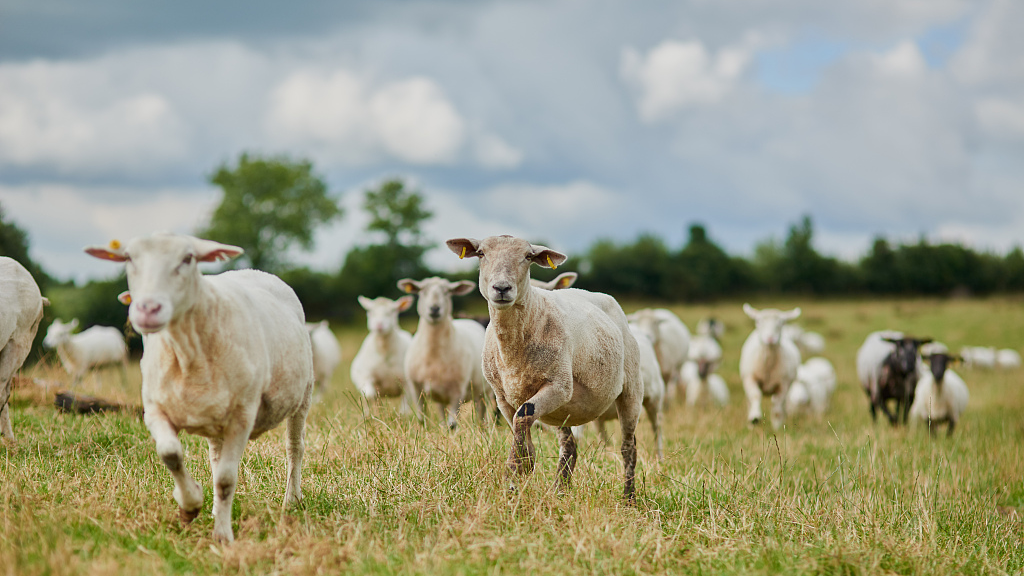
New Zealand now has fewer sheep than any time in the last 170 years, according to data released by the statistics department Stats NZ on Monday.
The country once had enough sheep to provide a small flock for every person, with the ratio peaking at 22 sheep for every human in the early 1980s. But with international wool markets in long decline, and forestry emerging as a more lucrative use of the land, sheep numbers in New Zealand have been declining.
According to Stats NZ's general manager of economic and environment insights, Jason Attewell, the national sheep flock tallied 25.3 million in June 2022. This was a drop of 400,000 sheep compared with the previous year, representing a two percent decrease. Despite total sheep numbers continuing to fall, there were 22 million lambs tallied in the 2021-2022 year, still a substantial number.
Te Kuiti is a lovely small town in the Waikato region of the North Island of New Zealand, which is best known for its annual celebration of all things sheep-related, including the New Zealand National Shearing Championships and the Great NZ Muster.
However, the times have changed. There may be fewer sheep in New Zealand, but the value of their meat is rising.
"For a fat lamb for example, we're selling at 7 dollars 70 a kilo. Five, 10 years ago, we were probably selling 4.50 to five dollars a kilo," said Kevin Mortenson, regional manager with PGG Wrightson.
From a peak of 70 million sheep in the 1980s, there's now only 25 million, and some fear that a new methane emissions tax on farm animals will convince more farmers to plant trees instead.
"If they keep converting this land over the trees, we're going to have to have meat from another country that hasn't got the same emission problems that we got," said Tuffy Coleman, a retired sheep farmer.
The falling value of wool is another key issue, and many farmers are now losing money by shearing their sheep.
The focus now is on producing high quality lambs for growing markets like China which buys more than 50 percent of New Zealand's lamb and mutton.
"China is very important. It's getting a bigger market every year and more discerning. They are now demanding premium product which is part of New Zealand's aim I guess to become more sustainable," said Paul Brough, manager of Rabobank Agribusiness.
Earlier this year, four sheep herders from Mongolia spent several months in New Zealand learning how to use modern shearing equipment – instead of scissors – so they can shear 200 sheep a day instead of just 30.
"The idea was, if we can teach Mongolians to shear the way that we shear, that would be a source of labor for New Zealand. They can come over here, help out with our shortage, and take valuable money and skills home with them," said Paul.
And there's confidence that the New Zealand industry still has a future.
"We're probably very fortunate in New Zealand that we can supply something like that to the rest of the world," said Kevin Mortenson.
New Zealand's sheep exports are still worth around $3 billion a year, but if their numbers keep declining, there could be a time when the people finally outnumber the sheep.
(Cover image via VCG)
(If you want to contribute and have specific expertise, please contact us at nature@cgtn.com.)